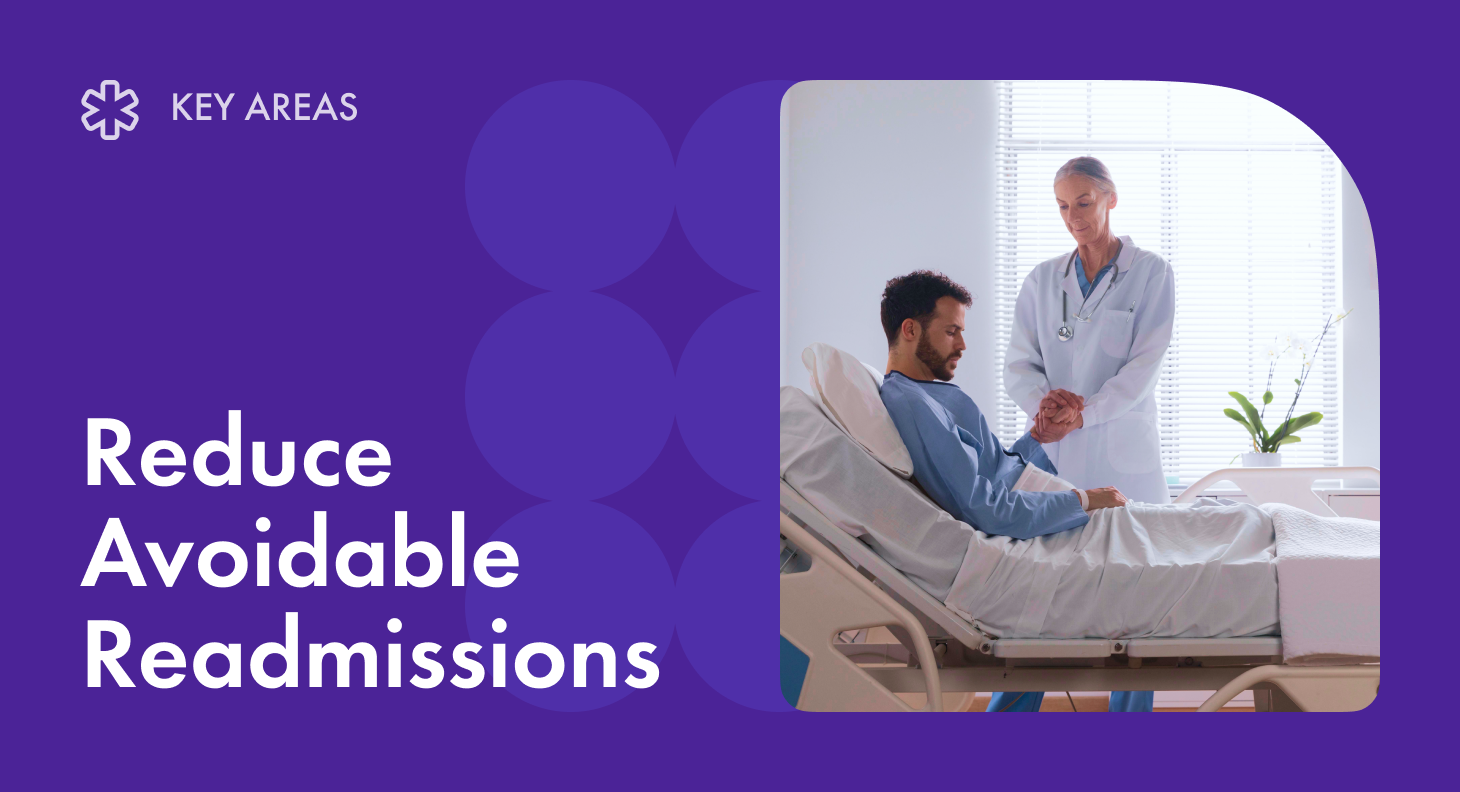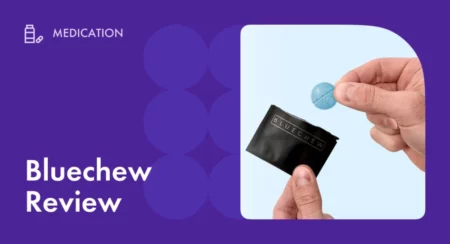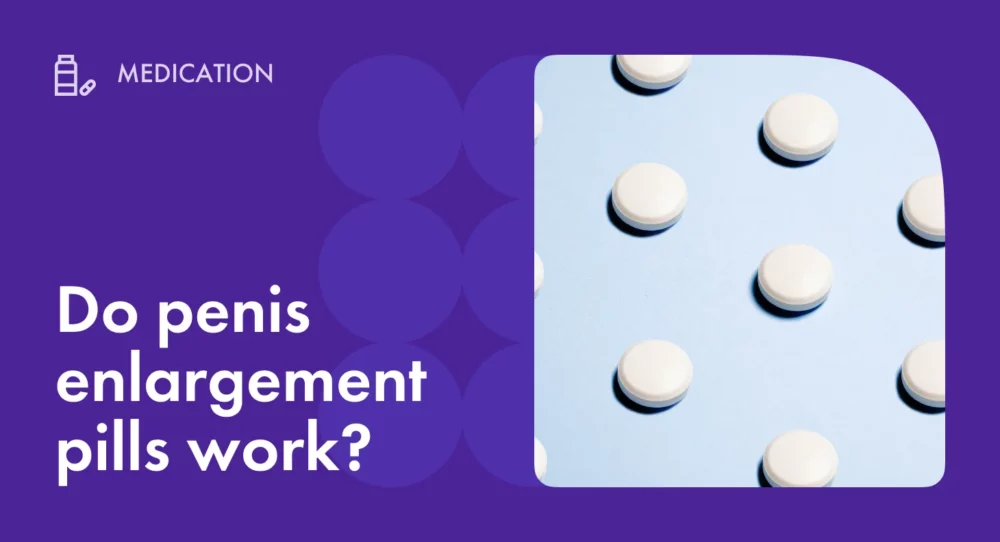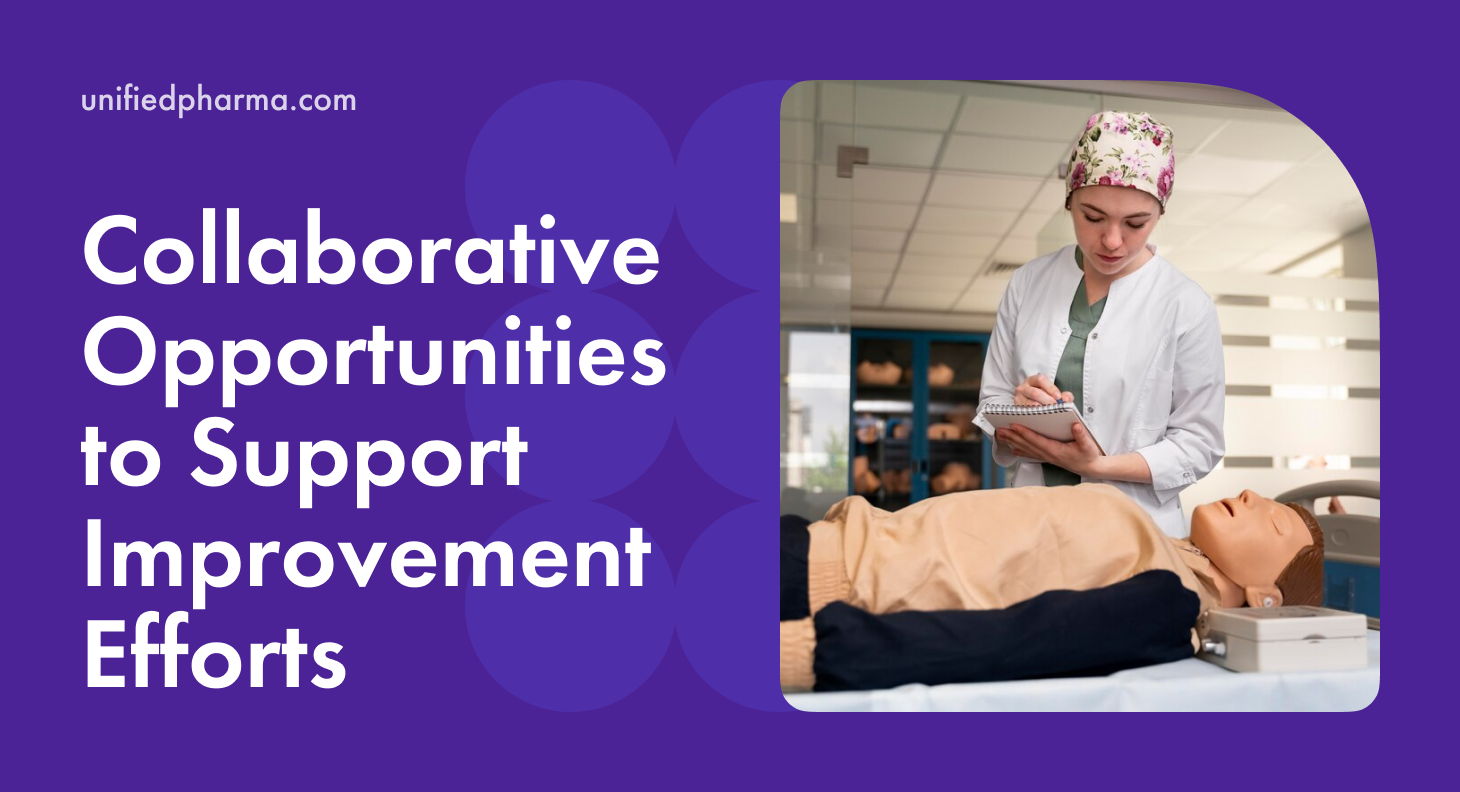There are many cases of readmission, which, if properly managed by the hospitals, can be avoided entirely. Readmission usually occurs due to the following reasons:
• Lack of appropriate and timely post-hospital care and management
• Inadequate knowledge to the patient, as well as the immediate family members, regarding the post-discharge home self-care
• Avoidable medical faults during the first hospital admission
• Poor communication and co-ordination by the hospital, to primary caregivers, who provide post-discharge care to patients
The RARE campaign targets hospitals and other care facilities to select and put into effect the best practices, which aids towards lessening the avoidable readmissions. By choosing to work with these practices and spread them, hospitals and care centers will have facilitated and helped many through the prevention of those readmission cases that can be evaded.
The five critical areas towards avoiding readmissions are:
1. Upholding Transitional Care and Management
The aim here is to ensure that the transition plans are well-structured and observed, such that any caregiver within the facility can easily handle the patient’s care and management. Approaches may involve transitional co-ordination, support of the care responsibility, and care follow-ups up to the post-transition period.
2. Involvement of the Patient and Immediate Family Members
The care facility should include processes that ensure both the patient and close family members are part. The family caregivers should be given high standing in the patient’s recovery journey, where the hospital offers them a position in the essential medical team. This prepares the family for the excellent care and management of the patient while at home. Some of the critical approaches here include joined discussions, educational sessions, holding practical lessons with the patient and family, as well as continuous communication between family and the care specialists.
3. Prescription Management
The aim is to create betterment in how the patient uses and interacts with the medication for an ultimate gain. The medical facility ensures that the patient understands how the medicine benefits them, leading to their quick recovery. Hence, they will also take the instructed dosage and timing of the medication seriously. Some essential interventions include prescription therapy management, proper instruction, education, and a drug-set-up model given to the patient and immediate family members concerning the medication.
4. Transitional Communication and Co-ordination
It aims at making sure that there’s the maintenance of effective communication between the inside and outside hospital caregivers, such as those at the specialty care, home care, or the advanced nursing facility. Approaches involve the transfer of appropriate information between the caregivers, offering proper care accountability, giving discharge summaries appropriately, prioritizing the patient’s particular needs, follow-ups, and timely test results and medications.
5. All-inclusive discharge plan
The aim here is to ensure that the medical services meet every of the patient’s needs by incorporating the essentials in a comprehensive discharge plan. The patient, together with the immediate family’s decision, should also be considered. Some of the involved actions may include visual, written, or recorded discharge arrangements. Such may involve check-ups and follow-ups regarding the patient’s treatment path, diet involved, health literacy, social concerns, mental support, as well as the next-of-kin that the care facility can contact in case of any alarm.
Notably, the most recorded cases of readmitted patients include:
• Patients who have reduced cognitive functions
• Those experiencing some form of depression
• Individuals who receive prescriptions of at least six different drug types
• Those discharged either during the weekends or on holidays
• Individuals with heart-related ailments
• Those suffering from intestinal issues
• Patients who have undergone some form of surgeries








